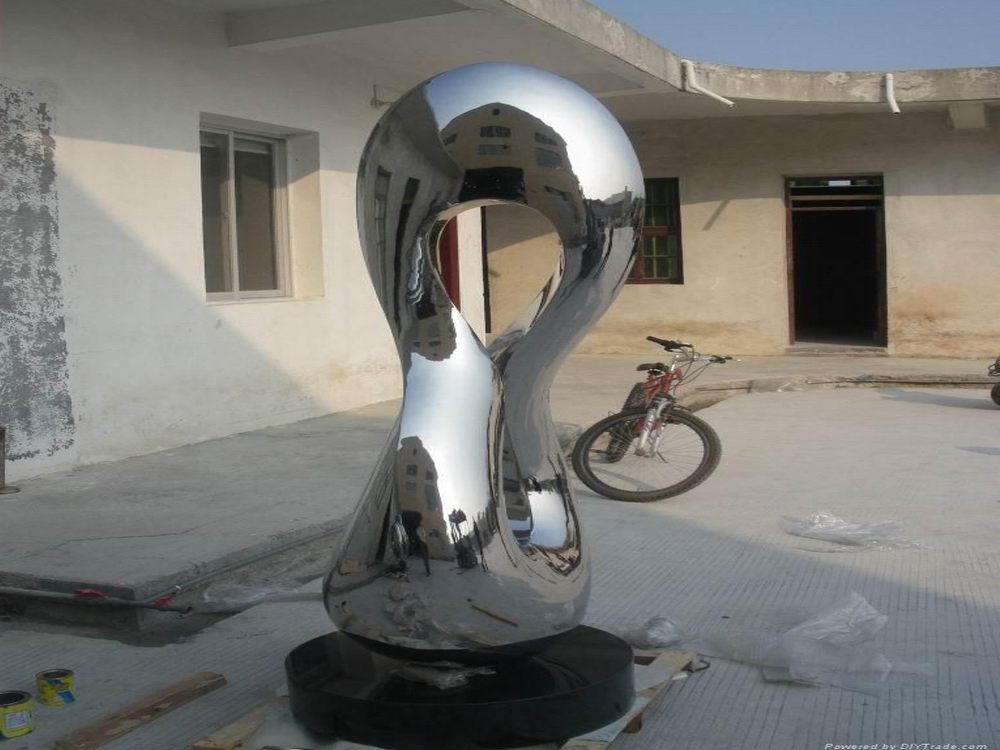
Bronze sculptures are renowned for their durability and timeless beauty, but achieving the perfect metallic or iridescent finish requires specialized techniques. Here are the most common methods used by artists and craftsmen to enhance bronze surfaces:
1. Patination: This chemical process involves applying acids or heat to create colorful oxide layers. Ferric nitrate produces reddish-brown tones, while cupric nitrate yields greens and blues.
2. Polishing & Buffing: Mechanical polishing with abrasives or buffing wheels creates a high-gloss metallic sheen. For iridescence, artists may combine polishing with controlled oxidation.
3. Lacquer Finishes: Clear or tinted lacquers protect the surface while adding depth. Some contain metallic powders for enhanced reflectivity.
4. Electroplating: A thin layer of gold, silver, or other metals can be deposited electrolytically for permanent metallic effects.
5. Heat Coloring: Controlled torch heating produces rainbow-like oxide layers through thin-film interference.
6. Wax Treatments: Beeswax or microcrystalline wax enhances luster and protects patinas while creating subtle iridescence.
Advanced artists often layer these techniques, like applying patina over polished areas or using resist methods to create contrasting finishes. The choice depends on the desired aesthetic, from antique verdigris to futuristic chrome-like surfaces. Proper surface preparation and sealing are crucial for long-lasting results.

